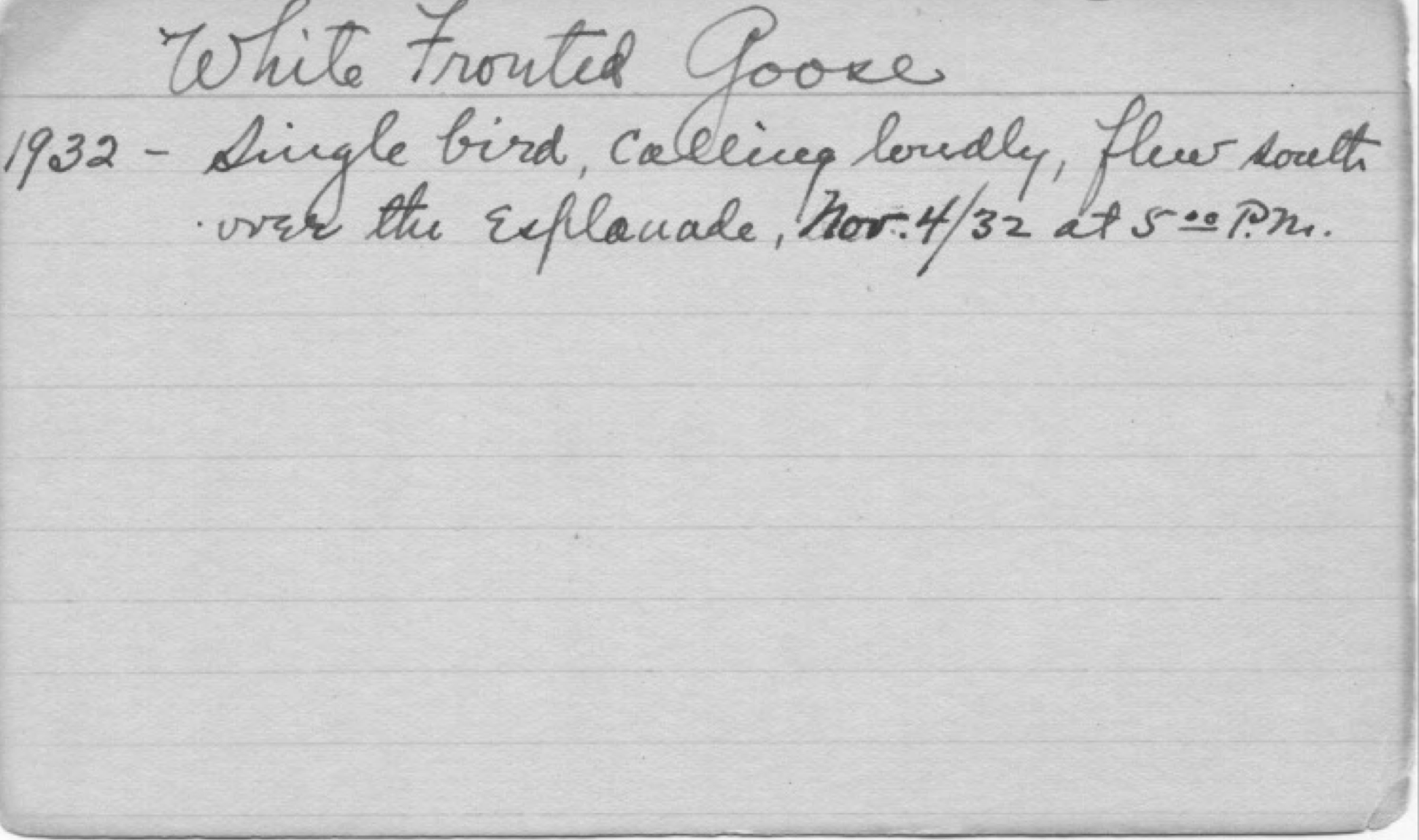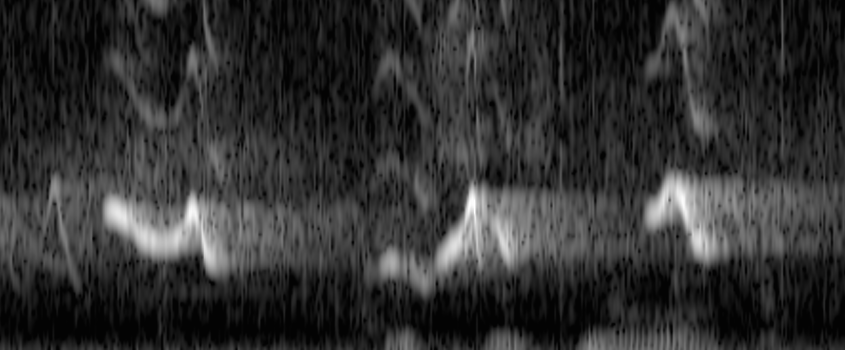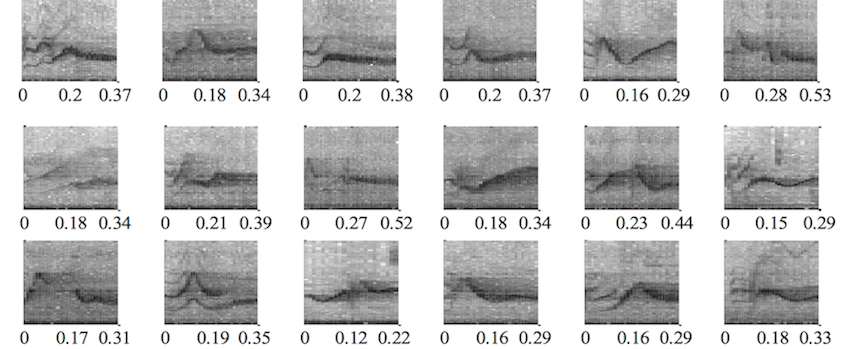
Our focus is on free-lining birds in their natural habitats. Most of our recent work has be conducted in Southern California near Malibu, in Northern California near Volcano, and Southern Mexico at the Estacion Chajul of the Montes Azules Biosfere Reserve. Examples of their ambient acoustic environments are below. The species receiving most of our attention there have been California Thrashers, Cassin's Vireos, Black-headed Grosbeaks and Mexican Ant Thrushes.

Travis Collier and Lewis Girod are largely responsible for developing the sensor arrays that are central to our research effort.
https://grassi2.ucdavis.edu/~travc/voxnet/

UCLA has had a distinguished history of ornithology research. When first located in Westwood the area was still wild, surrounded by scrub and with real riparian habitat, only a few remnants of which remain today.
An early (1947) guide to the birds of campus, by Loye Miller with drawings by the distinguished vertebrate biologist Robert Stebbins (at that time an undergraduate) is available at (link). A more recent (2006) guide by the Mitch Waite Group is at (link).

The gold standard for bird descriptions and identification is the Birds of North America site at Cornell University.
http://bna.birds.cornell.edu/bna/
Note that this requires a subscription. You can access it for free from most computers on UCLA or from a UCLA VPN connection. An free, tough abridged link to this material is at
http://www.allaboutbirds.org.

Our early methods for automatically classifying bird phrases were primarily with Hidden Markov Models. These required a fairly large training set.
David Cohen, then an undergraduate in the Department of Electrical Engineering, improved on this with Support Vector Machines, available for Linux systems through http://taylor0.biology.ucla.edu/al/bioacoustics/.